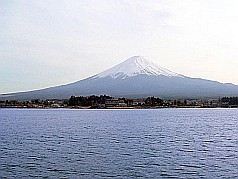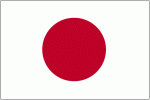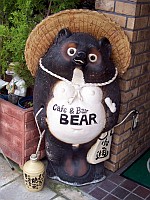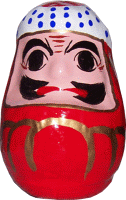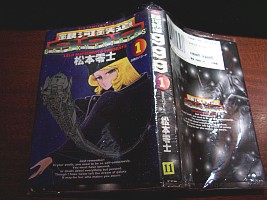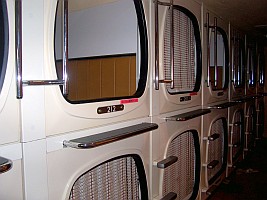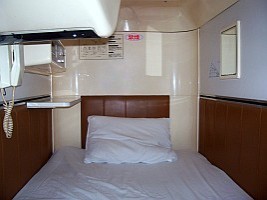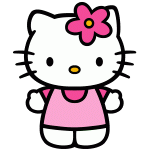
Japan
Informations
Because of its insularity until the second half of the 19th century, Japan is unique in the world and is worth discovering. It is also a very nice country, very clean, and without doubt one of the safest in the world despite the Yakuza, members of what would be the largest criminal organization in the world. This organization takes its name from "yattsu", "ku" and "san", so 893, a combination that is worth no points in a card game called oichokabu.
The best time to go in Japan is probably april/may when trees are blooming (including Sakura, Japanese cherry tree).
Beaware it is unlikely to find an ATM that accepts credit card, even Visa (except maybe in Tokyo). One can withdraw money directly in a bank, if not bank holiday or closing day. The easiest and fastest way to travel is by shinkansen : the Japanese high speed train, but it's expensive...
Information about moving by train
The JR pass (Japan Rail pass) allow to take trains of the JR network except some shinkansens. This pass can not be bought in
Japan. First a voucher must be purchased from an authorized dealer before departure. This voucher will then be exchanged at a main JR station once in Japan.
Here are some official sites :
Japan Rail Pass : official site with fares and voucher authorized dealers
Hyperdia : timetable and train route search in Japan
Jorudan : train route finder in Japan
Information about moving by subway
Subway is the most convenient in big cities except perhaps in Kyoto where the buses network is good (and with a good one-day pass).
For getting the price of the ticket, one must locate the destination on a large panel near the ticket dispenser. One then read the price that must be paid.
There is also pass' for one day. Caution in Tokyo where there are two different subway companies, whereas a pass' can be used for only one company...
Moreover, in Tokyo, it sometimes takes a walk to get a connection (and going out may be necessary if it is a connection between two different companies).
If the fare paid for the ticket had not been enough, it can be adjusted to "Fare adjustment" devices.
Subway of Tokyo : complete site
To find one's way, do not worry because directions are well marked one can find people speaking English. And how about sleeping in a capsule hotels in large cities (at least once) and seeing the cosplay (costume player) in Tokyo... more info in the following pages.
General information about "land of the rising sun"
|
Motto : none
|
|
|
Symbol : Mount Fuji
|
Flag :
The flag is called Hinomaru (flag with a solar disc) or Nisshoki (Japanese standard). |
|
Capital : Tokyo
"the capital of the east" (as opposed to Kyoto, the capital of the west...) Landmark : Tokyo tower |
Population :
127 Millions inhabitants (2010)
(13 Millions in Tokyo and about 30 millions with the outskirts which is the most populated megalopolis in the world. The Ainu, aboriginal population of the north of Japan (Hokkaido), would be around 150,000 people.) |
|
Area : 377 915 km2 (145,913 square miles)
|
Currency : Yen
|
|
Religion :
The two major religions have some similarities because of syncretism and many Japanese follow both. :
|
Political system : Hereditary constitutional monarchy.
The constitution dates back to 1946 and the emperor has only a symbolic authority. |
|
Official language : Japan
|
Time zone : UTC +9h
(from United Kingdom : +8h in summer and +9h in winter) |
|
Architectural styles :
|
Folklore and traditions :
|
|
Culinary specialities :
|
Drink :
|
|
Miscellaneous :
|
|
External links
|
|

